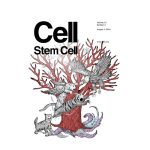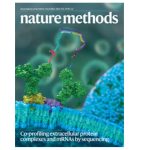A Cellular Taxonomy of the Bone Marrow Stroma in Homeostasis and Leukemia.
Ninib Baryawno, Dariusz Przybylski, Monica S. Kowalczyk, Youmna Kfoury, Nicolas Severe, Karin Gustafsson, Konstantinos D. Kokkaliaris, Francois Mercier, Marcin Tabaka, Matan Hofree, Danielle Dionne, Ani Papazian, Dongjun Lee, Orr Ashenberg, Ayshwarya Subramanian, Eeshit Dhaval Vaishnav, Orit Rozenblatt-Rosen, Aviv Regev, David T. Scadden.
Abstract
Stroma is a poorly defined non-parenchymal component of virtually every organ with key roles in organ development, homeostasis, and repair. Studies of the bone marrow stroma have defined individual populations in the stem cell niche regulating hematopoietic regeneration and capable of initiating leukemia. Here, we use single-cell RNA sequencing (scRNA-seq) to define a cellular taxonomy of the mouse bone marrow stroma and its perturbation by malignancy. We identified seventeen stromal subsets expressing distinct hematopoietic regulatory genes spanning new fibroblastic and osteoblastic subpopulations including distinct osteoblast differentiation trajectories. Emerging acute myeloid leukemia impaired mesenchymal osteogenic differentiation and reduced regulatory molecules necessary for normal hematopoiesis. These data suggest that tissue stroma responds to malignant cells by disadvantaging normal parenchymal cells. Our taxonomy of the stromal compartment provides a comprehensive bone marrow cell census and experimental support for cancer cell crosstalk with specific stromal elements to impair normal tissue function and thereby enable emergent cancer.





